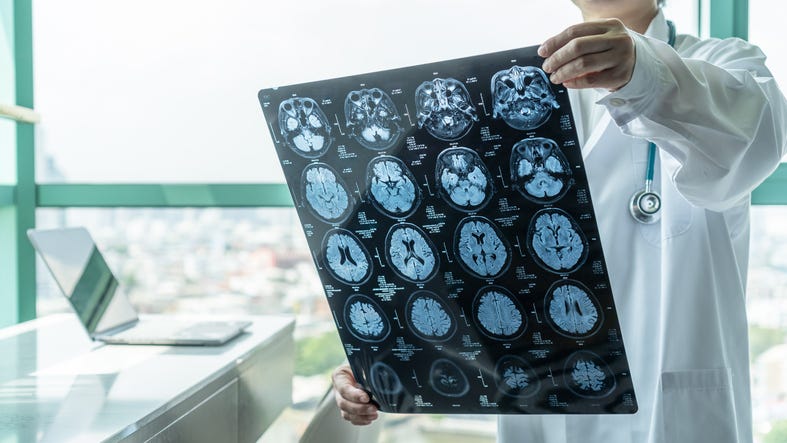
SAN FRANCISCO (KCBS RADIO) - As fall sports get into full swing, some athletes may encounter a common injury – concussion. Recently, the guidelines for diagnosing and treating the condition has changed with hopes of getting athletes back on the field sooner.
The guidelines now recommend that athletes return to some form of physical activity within a few days of the injury instead of complete rest for recovery.
If a concussion is diagnosed and treated correctly, most patients can now recover within a matter of days to weeks, Dr. Nicolas Hatamiya, a primary care sports medicine specialist who treats adults and children at UCSF Health, told KCBS Radio's Bret Burkhart on this week's episode of "As Prescribed."
"Historically, we would say if you had a concussion, you know, crawl in your dark cocoon and don't emerge until you don't have any symptoms," explained Dr. Hatamiya. "Now, we're taking a more active approach to concussion recovery... we're actually promoting physical activity much earlier on, and we know that it's safe to do within 24 to 48 hours after sustaining that sports-related concussion."
Researchers are still trying to determine exactly how it happens, but evidence shows that introducing mild aerobic activity can reduce recovery time from sports-related concussions.
"We know that exercise is beneficial for a lot of things, and we think concussion recovery is not excluded from that either," said Dr. Hatamiya. "It's symptom-limited activity, which basically means that we don't want your symptoms to get worse for a prolonged period of time. And it's also non-contact-based things. So it really starts simple with either stationary biking or light jogging, and then gradually ramping up over that time."
The thought is that physical activity triggers something in the brain that helps with neuron repair after injury. In any event, symptoms of a concussion -- including headache, dizziness, blurry vision, nausea and brain fog -- can present themselves immediately. But with treatment under the new guidelines, a patient could see improvement in just a few days.
"What our concussion experts have outlined is kind of a graded protocol that you go through, which includes both returning to sport -- which I think is the most important thing our athletes want to know -- but also for our younger patients or even those that are older that work, talking about return to school and return to work, because of the cognitive load that's related to that," said Dr. Hatamiya. "So, we really take a stepwise approach and provide a framework. But within that, you can really individualize and tailor it for each specific person."
For parents who may be on the fence as to whether to allow their son or daughter to join a sport or activity that may present a risk of concussion, Dr. Hatamiya has some advice that might be easier said than done: try not to worry.
"Sports and physical activity in general has such huge benefits for anyone, but particularly our youth," he said. "We think about the health implications associated with being physically active, the social aspects of being a part of a team sport. And so, you can certainly look at whether the sport has contact versus non-contact, that's involved. But in general, I wouldn't discourage an athlete or a student athlete from participating in sports just because the benefits, I feel like, are so great compared to the potential risks."
Listen to this week's "As Prescribed" to learn more. You can also listen to last week's episode to hear how breast density results can indicate cancer risk, here.
DOWNLOAD the Audacy App
SIGN UP and follow KCBS Radio
Facebook | Twitter | Instagram
“As Prescribed” is sponsored by UCSF.
